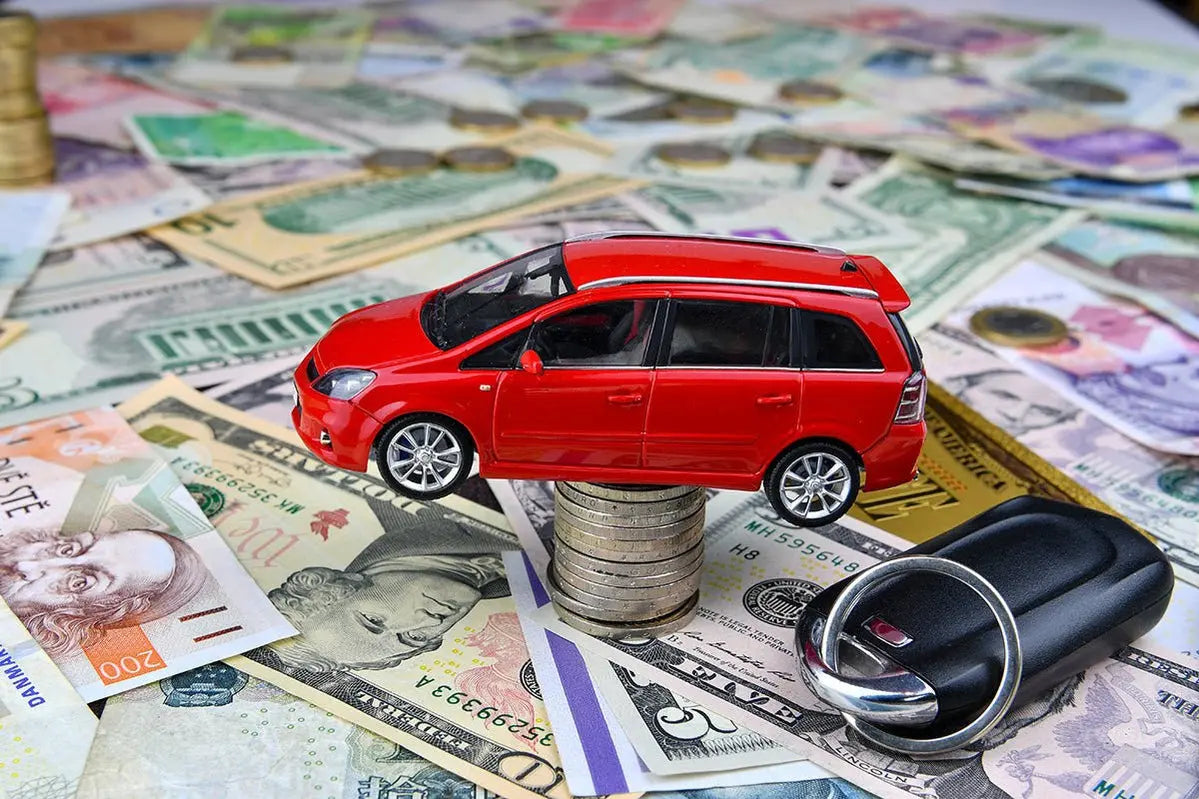A new car tax is needed in order to replace the fuel duty and VED. This new car tax would be based on a pay-per-mile road pricing system, which would be fairer for all drivers. Under this system, those who drive less would pay less, and those who drive more would pay more.
A proposal for reducing vehicle emissions through a carbon charge or "road usage fee" has been put forward by various academics as an alternative to other policies such as increasing taxes on petrol or diesel fuels, raising the price of driving licences, introducing congestion charging schemes or banning certain types of vehicles from city centres. The idea was first suggested by Nobel Prize-winning economist William Vickrey in 1968 but has received more attention in recent years as a result of the increased awareness of environmental issues and the need to cut carbon emissions.

The basic principle behind the road usage fee is that drivers would be charged according to how much they use the roads, rather than being taxed on the purchase of fuel or the ownership of a vehicle. The charge would therefore encourage people to drive less, switch to more fuel-efficient vehicles or use public transport instead. In addition, it would be fairer than current systems since those who drive less would pay less, and those who drive more would pay more.
There are a number of different ways in which a road usage fee could be implemented, but all involve some form of technology to track how much each driver uses the roads. One option would be to fit every vehicle with a GPS device which would record its location and the distance travelled. Another possibility would be to install electronic toll booths at key points on the road network and charge drivers according to where they have been.
The benefits of a road usage fee are that it would provide a financial incentive for people to reduce their use of roads, and so help to cut carbon emissions and improve air quality. In addition, it would be easier to administer than other environmental taxes such as fuel duty or a congestion charge and could raise substantial amounts of revenue for the government.

Critics of the road usage fee argue that it would be difficult to implement and unfair to those who live in rural areas or have no alternative to using their car. In addition, they argue that it would be hard to enforce and could lead to an increase in crime as people tried to avoid paying the charge.
The debate over the road usage fee is likely to continue, but it is clear that something needs to be done to reduce emissions from vehicles and so improve air quality and protect the environment.
Explain how this system would work
This is a system where you would be charged for how much you use the roads. The more you use the roads, the more you would pay. This would be fairer for all drivers because people who drive less would pay less, and those who drive more would pay more.
Discuss the benefits of a pay-per-mile road pricing system
There are a number of benefits to a pay-per-mile road pricing system. Firstly, it would provide a financial incentive for people to reduce their use of the roads, and so help to cut carbon emissions and improve air quality. In addition, it would be easier to administer than other environmental taxes such as fuel duty or a congestion charge.
Summarize the pros and cons of a pay-per-mile road pricing system
The pros of a pay-per-mile road pricing system are that it would provide a financial incentive for people to reduce their use of the roads, and so help to cut carbon emissions and improve air quality. In addition, it would be easier to administer than other environmental taxes such as fuel duty or a congestion charge.




